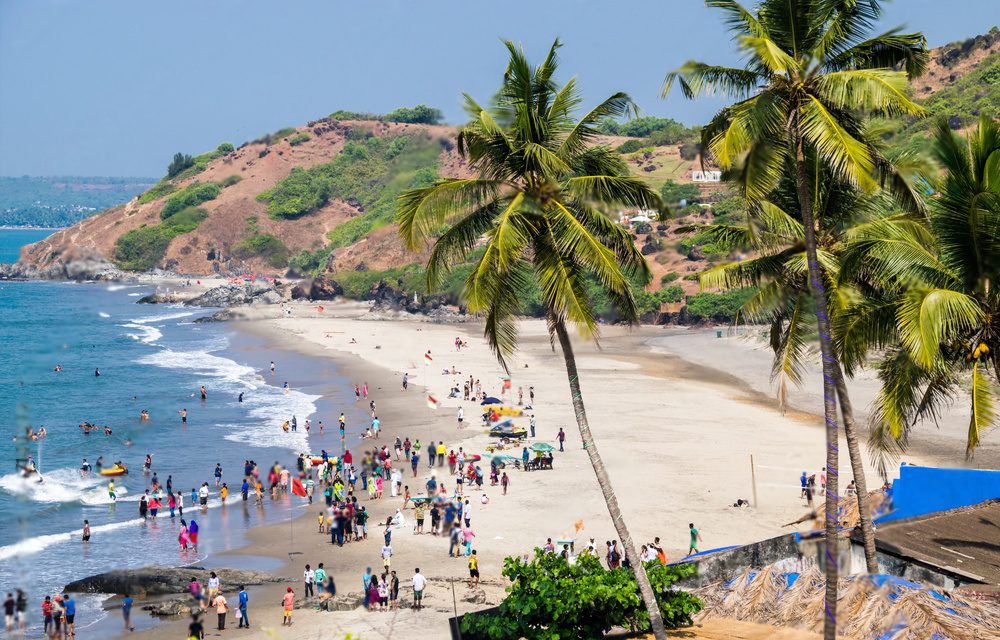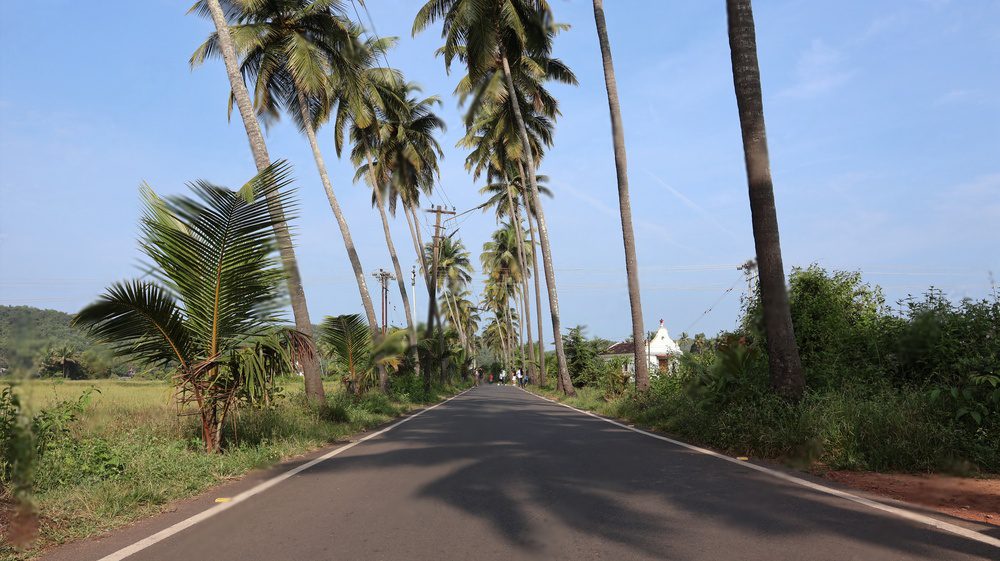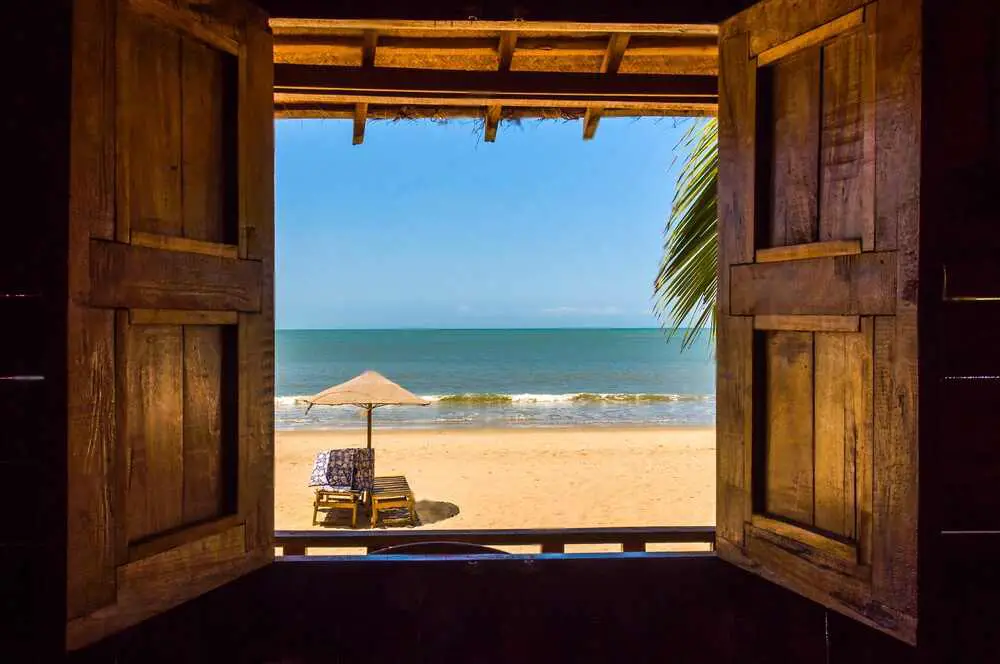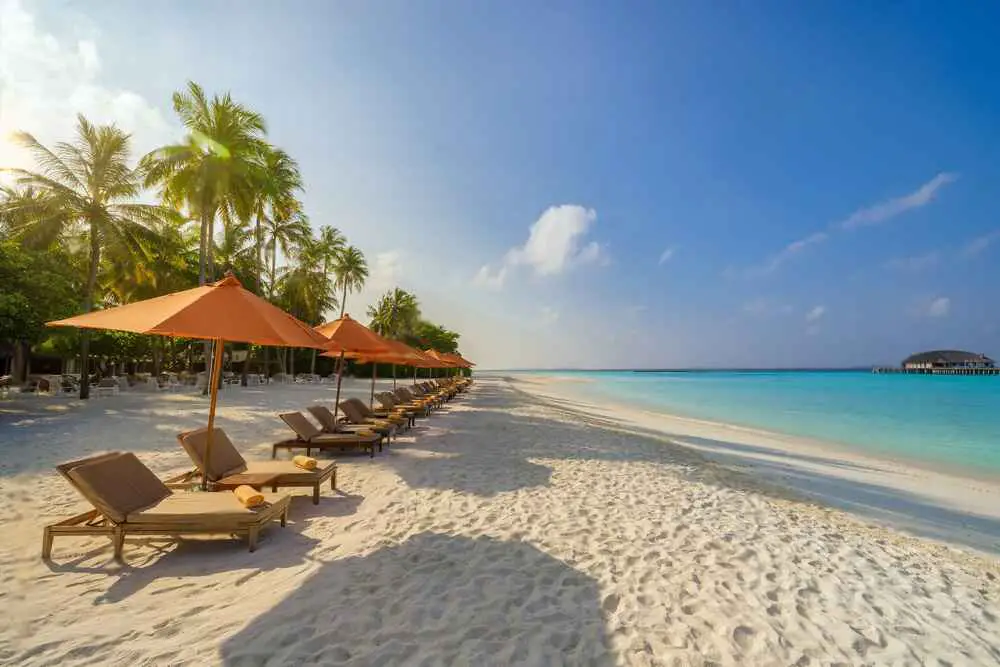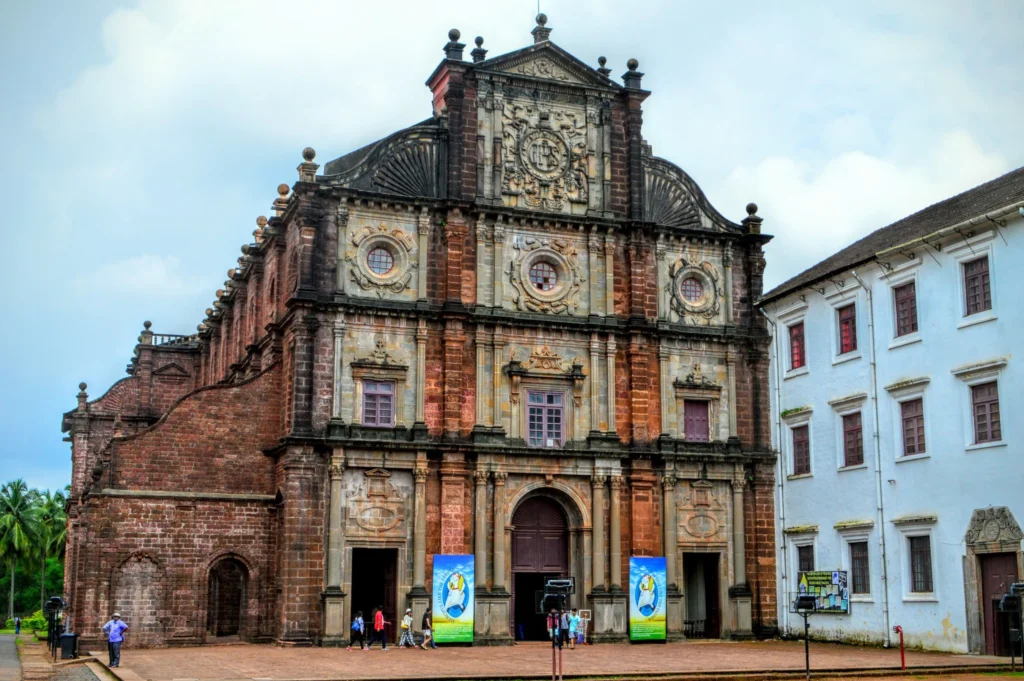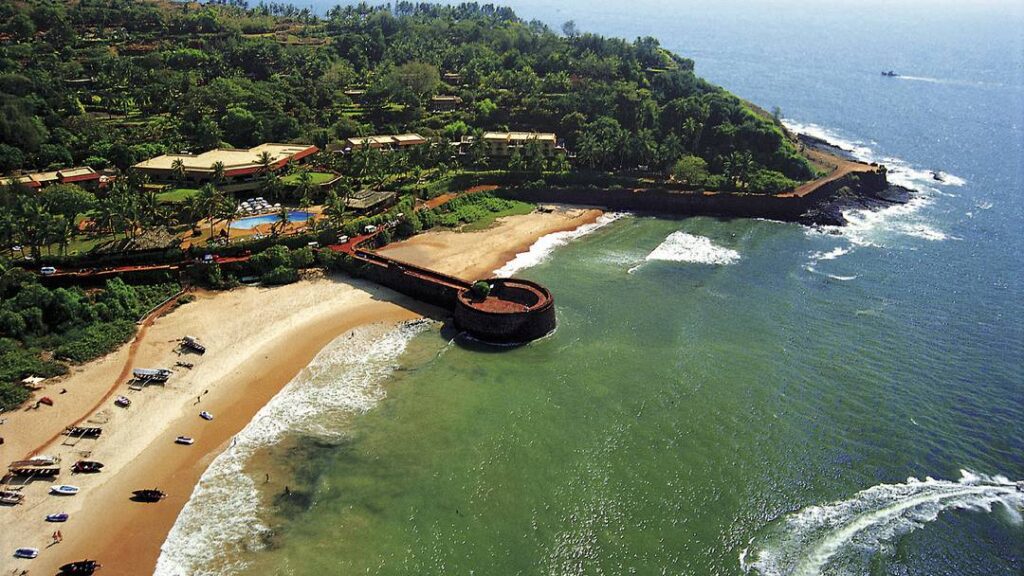Konark: Imagine a land bathed in golden light, where ancient stones whisper tales of celestial chariots and forgotten empires. Welcome to Konark, a UNESCO World Heritage Site in Odisha, India, where history and legend intertwine with every step. This sun-kissed town beckons travelers with its architectural marvels, vibrant culture, and the rhythmic dance of seasons. Are you ready to embark on a journey that will forever etch Konark’s magic in your heart?
How to reach:
By Air: The closest airport is Biju Patnaik International Airport in Bhubaneswar, roughly 64 kilometers away. Taxis and public buses are readily available to transport visitors from the airport to Konark.
By Train: Puri Railway Station , located around 36 kilometers from Konark, is the nearest train station. Upon arrival in Puri, travelers can choose between buses, taxis, or auto-rickshaws to complete the journey to the temple.
By Road: Konark boasts excellent road connectivity to major cities within Odisha and neighboring states. Regular buses operated by the state government and private companies run between Konark and cities like Bhubaneswar, Puri, and Cuttack. For a more customized travel experience, taxis and rental car options are also available.
By Private Vehicle: Travelers who prefer to drive themselves can easily reach Konark using their private vehicles. The roads are generally well-maintained, offering a picturesque journey through Odisha’s countryside.
History of the Konark Sun Temple:
The history of the Konark Sun Temple can be traced back to the 13th Century when the King Narasimhadeva I, a monarch of the Eastern Ganga Dynasty, had it built. The temple to the Sun God Surya was thought of as a huge chariot, embodying the mythical path of the sun through the sky. The name Konark was coined from the Sanskrit words Kona which means corner and Arka signifying sun hence reflecting the temple’s geographical location and why it was built.
Built during a span of 12 years from 1238 to The temple is an active worship center and a reflection of the architectural genius of that period. But historic accounts indicate that the temple was not fully built according to their initial plans. 17th century Muslim invasions partially destroyed it, thus leaving behind the now familiar design.
Despite that the Sun Temple is not finished, it has been granted the status of UNESCO World Heritage and is still an integral example of architecture as well as the understanding of the religious and cultural practices of medieval India. Its complicated stone carvings recite stories from Hindu mythology, demonstrating the degree of artistry and dedication of the artisans who helped create this lasting artifact of history.
Must See in Konark Sun Temple:
Chariot Design:
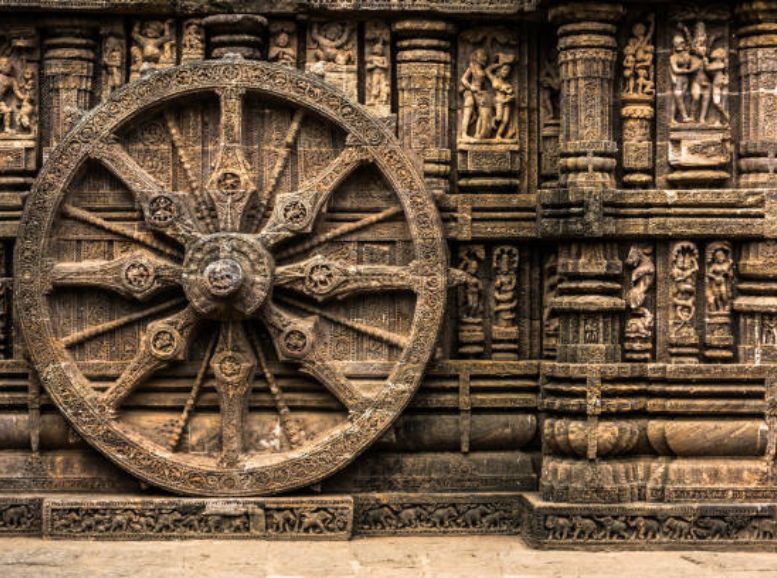

The temple’s architectural marvel is ingeniously crafted to resemble a colossal chariot, with twelve pairs of intricately carved stone wheels. Symbolizing the divine chariot of the Sun God, Surya, this unique design serves both aesthetic and practical purposes. Beyond its striking appearance, the wheels also function as precise sundials, allowing for accurate timekeeping—an ingenious fusion of artistry and functionality that highlights the advanced knowledge and skill of its creators.
Main Temple Structure:
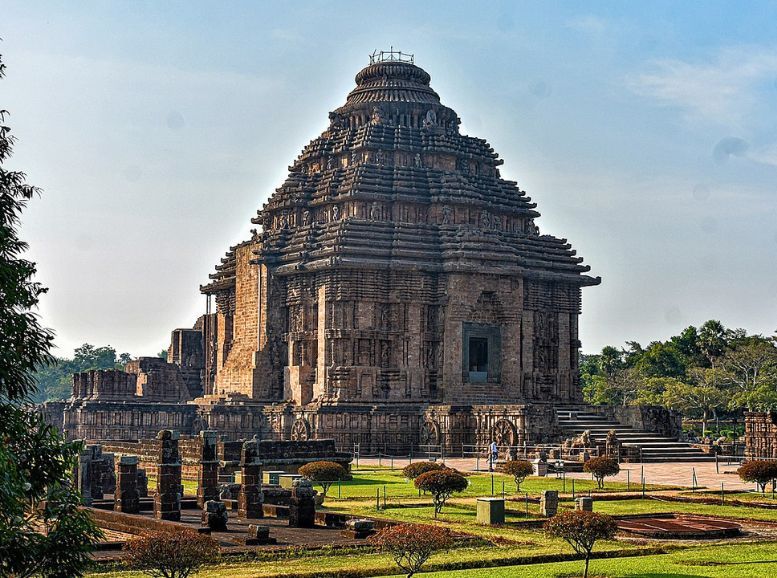

Within the crumbling walls, whispers of devotion and echoes of celestial hymns intertwine, weaving a tapestry of sacred memory that transcends mortal decay. Each weathered stone bears witness to the passage of epochs, a silent testament to the enduring legacy of faith and reverence. As the sun sets upon the ancient ruins, shadows dance in reverence to the timeless majesty that once graced these sacred precincts.
Kalinga Architecture Elements:
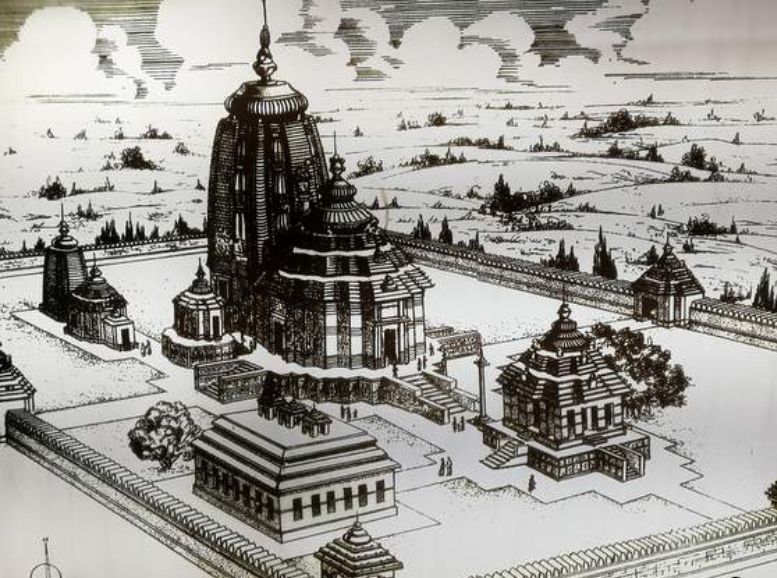

Its architectural prowess stands as a tribute to the ingenuity of ancient craftsmen, showcasing intricate motifs and sculptural details that mesmerize beholders. Adorned with symbols of celestial significance, it serves as a gateway to realms both earthly and divine, inviting contemplation and spiritual reflection. Each stone meticulously placed, resonates with the soul of Kalinga, embodying a timeless legacy of cultural grandeur and artistic brilliance.
Stone Carvings: Konark
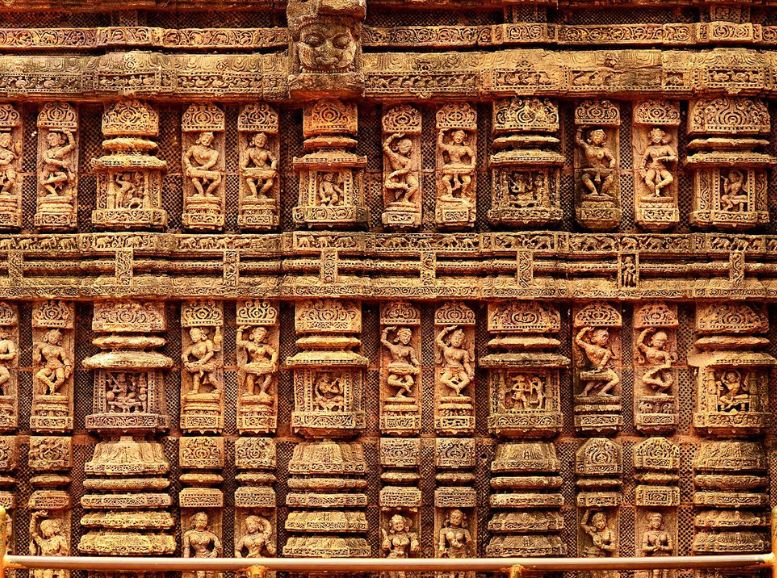

These masterfully crafted stone carvings serve as windows into the rich tapestry of life, mythology, and spirituality of the era, captivating the imagination and stirring the soul. Beyond mere decoration, they embody the essence of cultural transmission, transmitting profound spiritual and moral teachings through their intricate forms. As guardians of ancient wisdom and custodians of tradition, they transcend time, bridging the gap between past and present, and enriching the spiritual journey of those who behold them.
Nata Mandapa and Jagamohana:
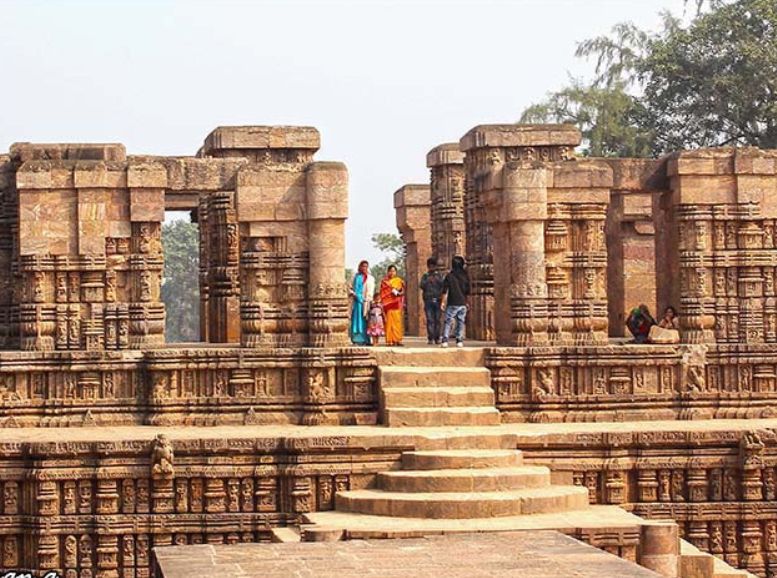

Adjacent to the main temple, the Nata Mandapa and Jagamohana stand as architectural marvels in their own right, showcasing distinct designs and ornate carvings that narrate tales of divine grace and human endeavor. The Nata Mandapa, or dancing hall, resonates with the rhythm of celestial movements, while the Jagamohana, or assembly hall, invites contemplation and discourse beneath its lofty pillars. Together, these structures form a sacred triad, harmonizing spiritual devotion with the pursuit of knowledge and artistic expression.
The Konark Museum:


Next to the temple, the Museum serves as a repository of treasures unearthed during the restoration efforts, offering invaluable insights into the historical and cultural tapestry of the region. Through its curated collection of sculptures and artifacts, the museum illuminates the legacy of this place, enriching visitors’ understanding of its enduring significance. As a companion to the temple, it bridges the gap between past and present, ensuring that the stories of antiquity remain vivid and relevant in contemporary times.
Experiencing Konark:
- Witness the Dance Festival: Be mesmerized by the vibrant energy of classical and folk dance forms showcasing Odisha’s cultural heritage. Let the rhythmic movements and colorful costumes transport you to a world of grace and tradition.
- Explore local markets: Immerse yourself in the bustling atmosphere of markets. Discover traditional handicrafts, colorful textiles, and unique souvenirs, each piece a tangible memento of your Konark adventure.
- Savor local delicacies: Embark on a culinary adventure with dishes like Dalma, Pakhala, and fresh seafood. Don’t miss the street food scene, from Pani Puri to Chhena Poda, tantalizing your taste buds with every bite.
- Attend a sunset prayer ceremony: Experience the spiritual side of Konark at the Sun Temple during evening prayers. Witness the traditional rituals and feel the divine connection as the sun paints the temple in its golden glow.
Must-Do Activities:
- Hike to the Black Pagoda: Climb the steps to the ruins of this once-majestic structure and enjoy panoramic views. Imagine the secrets this silent sentinel held within its walls as you breathe in the fresh air and soak in the vastness of the landscape.
- Take a boat ride on the Chandrabhaga River: Soak in the scenic beauty of the surrounding landscapes and enjoy the cool breeze while sailing on the river. Let the gentle rhythm of the water lull you into a state of pure tranquility.
- Learn Odissi dance: Immerse yourself in the graceful movements of Odissi, a classical dance form originating from Odisha. Take a workshop or watch a performance to witness its elegance and connect with the soul of this ancient art form.
- Attend a yoga session: Unwind and rejuvenate with a yoga session amidst the spiritual aura of Konark. Find inner peace as you connect with your breath and the surrounding beauty, letting the sun nourish your spirit.
Must-Try Experiences:
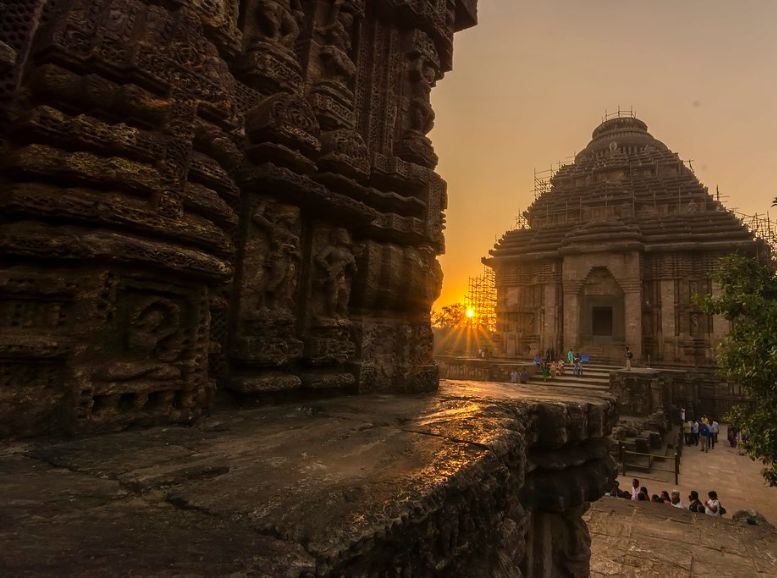

- Take a sunrise photography tour: Capture the magical moment when the sun’s rays first touch the Sun Temple, creating a mesmerizing spectacle of light and shadow. Let your lens become your voice, narrating the tale of dawn breaking over this sacred land.
- Participate in a temple cooking class: Learn the secrets of traditional Odissi cuisine from local experts. Prepare delicious dishes and savor the authentic flavors, each bite a window into the culinary heritage.
- Go stargazing: Escape the city lights and marvel at the breathtaking night sky above the temple. Discover constellations and immerse yourself in the vastness of the universe, feeling a sense of awe as you realize your place in its grand tapestry.
Plan Your Escape:
- Best time to visit: October to March offers pleasant weather, ideal for sightseeing and outdoor activities.
- Getting there: Konark is well-connected by air, rail, and road. Bhubaneswar is the nearest major airport, while Puri offers convenient train and bus connections.
- Accommodation: Choose from budget-friendly guesthouses to luxurious resorts, depending on your preference. Unique homestays offer a chance to experience local life.
- Getting around: Hire a rickshaw or taxi for exploring the town. Local buses are also available for budget-friendly travel.
Pro Tips:
- Respect local customs and dress modestly while visiting temples.
- Hire a local guide to understand the intricate carvings and stories of the Sun Temple.
- Bargain at local markets for souvenirs.
- Sample the local cuisine but be cautious of spicy food if not accustomed to it.
- Learn basic Odia phrases to enhance your interactions with the locals.
Share Your Experience:
This place’s magic transcends mere sightseeing. It whispers in the ancient stones, dances in the vibrant culture, and paints breathtaking stories across the sky. Let this golden town enchant your soul, leaving you with memories that will forever shimmer in the sun’s embrace. And when you return from your Konark adventure, share your stories and experiences with Xplro.com! Our vibrant community loves to hear about hidden gems, unique encounters, and the personal discoveries that make each journey to Konark truly special. So, grab your camera, pack your sense of wonder, and get ready to explore the sun-kissed magic of Konark!
We hope this updated version includes everything you requested and is ready to share again! Remember, Xplro.com awaits your Konark stories with open arms!
FAQ
When is the best time to visit Konark Sun Temple?
- The ideal time to visit Sun Temple is during the winter months, from October to February, when the weather is pleasant and comfortable for exploring.
What are the temple’s opening hours?
- The Sun Temple is open to visitors from sunrise to sunset every day of the week.
Is there an entry fee to visit the temple?
- Yes, there is an entry fee for visiting the Sun Temple. The fee varies for Indian and foreign tourists, with discounts available for students and children.
What is the significance of the Konark Sun Temple?
- The Temple is dedicated to the Hindu Sun God, Surya, and is renowned for its architectural splendor and historical significance.
How much time is needed to explore the temple complex?
- Visitors typically spend around 1 to 2 hours exploring the Konark Sun Temple and its surrounding complex, depending on their interest in history and architecture.
Are there any guided tours available?
- Yes, guided tours of the Sun Temple complex are available for visitors who wish to learn more about its history, architecture, and cultural significance.
What are the dress code and etiquette for visiting the temple?
- Visitors are advised to dress modestly and respectfully when visiting the temple, covering their shoulders and knees. It is also customary to remove shoes before entering the inner sanctum.
Are photography and videography allowed inside the temple?
- Photography and videography are generally permitted in the outer areas of the temple complex, but restrictions may apply inside certain sections or during religious ceremonies.
Is the temple accessible for differently-abled visitors?
- Efforts have been made to make the Konark Sun Temple accessible to differently-abled visitors, with wheelchair ramps and other facilities available for their convenience.
Are there any nearby attractions worth visiting?
- Yes, there are several nearby attractions worth exploring, including the Chandrabhaga Beach, Konark Museum, and Ramchandi Temple.
What are the transportation options to reach Konark Sun Temple?
- Travelers can reach Konark Sun Temple by road, rail, or air, with the nearest airport in Bhubaneswar and the nearest railway station in Puri.
Is accommodation available near the temple?
- Yes, there are numerous accommodation options available near the Sun Temple, ranging from budget guesthouses to luxury resorts, catering to different preferences and budgets.
